Aperture and Shutter Speed – Photography Lessons 1 and 2
THIS POST MAY CONTAIN AFFILIATE LINKS. PLEASE SEE OUR FULL DISCLOSURE POLICY FOR DETAILS.
We’re learning how to use a DSLR camera by following lessons on NoBadFoto.com. This month’s assignments were about aperture and shutter speed.
I love to take photos. At our house, I’ve been dubbed the “mammarazzi” for all the pictures I take of our boys. Until recently, though, I’ve been a point and shoot kind of girl. Words like aperture and shutter speed were foreign concepts to me.
Disclosure: This blog post contains affiliate links for products or services we think you’ll like. This means if you make a purchase from one of these links, Ideas for the Home by Kenarry® will make a small commission at no additional cost to you so we can keep the great ideas for the home coming your way. All opinions expressed are derived from personal experience.
As the boys grow and I get more into blogging, I want to improve the quality of my photos. Thankfully, I got a shiny new Nikon D3200 DSLR camera for my birthday recently. I’m excited to take better pictures, but have so much to learn. As luck would have it, right after we got the camera, I saw a post on Facebook from Teresa at Crafty Wife. She’s starting a group called “The Photo Ladies” for people who want to learn and grow in our photography endeavors together. I figured this would be a great way to help me learn how to use my new camera.
Together, the Photo Ladies are following free photography lessons for DSLR cameras on NoBadFoto.com (As of March 16, 2019 this website is no longer available). Each month, we’ll go through one or more lessons. At the end of each lesson, we get an assignment and post our results on Flickr. The members of the group can comment and give each other feedback so we learn from one another.
Our First Lessons: Aperture and Shutter Speed
In our first lessons on NoBadFoto.com, we’ve been learning about aperture and shutter speed to help us understand exposure. Aperture controls how much light passes through the lens. Whereas, the shutter speed controls the length of time that the light hits the camera’s sensor or film. For more specifics about aperture and shutter speed, you can read the lessons on NoBadFoto.com:
- Course Requirements
- What is Aperture
- What is Shutter Speed?
Assignment 1: Aperture
Aperture is measured in f-stops and effects the depth of field in a photograph. The smaller the f-stop number, the shorter the field of focus is. This means that only the foreground of the photo is in focus. The larger the f-stop number, the larger the field of focus is. More of the photo is in focus. Our assignment in this lesson was to take 3 photos in Aperture Priority mode on our cameras at various f/stop numbers to demonstrate the difference. To show how the focus and depth change, I set up several of my son’s jungle animals at varying distances from the camera. This first photo is taken at f/3.5, the smallest f-stop number my camera would allow. The lion is obviously the focal point of the photo. All the other animals are intentionally blurry because of the low f-stop number.
The second photo was taken at f/8. The background animals are less blurry than they were in the previous photo, but not as clear as the lion is.
The third photo was taken at f/22. It is much clearer than the previous two photos.
Assignment 2 – Shutter Speed
Shutter speed effects the amount of motion seen in photos. It allows the photographer to either freeze or blur the movement of the subject. Shorter speeds, like 1/1000th of a second, freeze the subject’s movement. Longer speeds, like 1/60th of a second, show more motion. Our assignment in this lesson was to take 2 photos in Shutter Priority mode on our cameras at low and high shutter speeds to demonstrate the difference. The assignment specifically said to take photos of a running faucet. I added one of my son’s rubber ducks to the photos to capture how the water bounces off it at the varying shutter speeds. Unfortunately, the lighting conditions in our bathroom aren’t the best. I took these photos at ISO 1600. This first photo was taken with a shutter speed of 1/20 without a flash. The camera automatically set the aperture to f/11. The longer shutter speed blurs the motion of water pouring from the faucet.
This second photo was taken at a shutter speed of 1/1000 without a flash. The camera automatically set the aperture to f/3.5. At the faster shutter speed, the photo is underexposed and dark. You can really see the details on the bubbles, though.
I tried taking the photo again with the flash bouncing off the wall behind me. The fastest shutter speed my camera would allow with the flash was 1/200. The camera automatically set the aperture to f/5.
Join the Photo Ladies
It’s not too late to join the Photo Ladies. The lessons and assignments with the Photo Ladies are easy and don’t take much time. It’s also been a great way of holding me accountable to learn how to take better photos with my camera. I love the creativity and composition in how the other Photo Ladies approached each of these assignments. You can see all the photos from our first two assignments in the Photo Ladies group on Flickr. If you’d like to join the Photo Ladies, visit Crafty Wife for more details.
WHAT’S NEXT?
While you’re here, be sure to check out these great ways to display your photos on Ideas for the Home by Kenarry® –
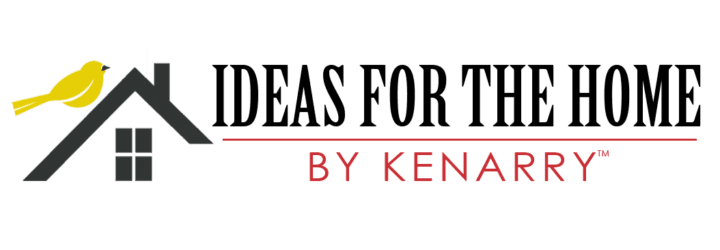
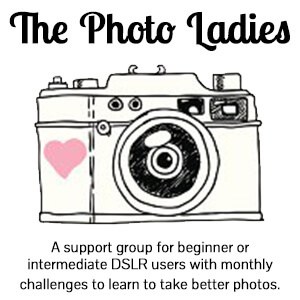
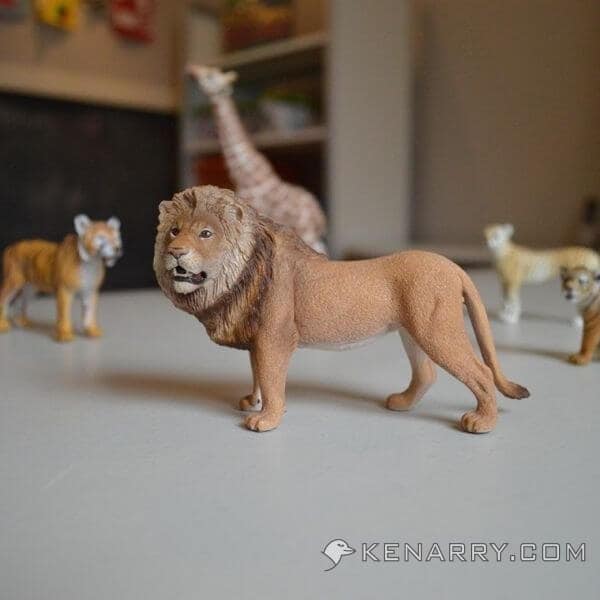
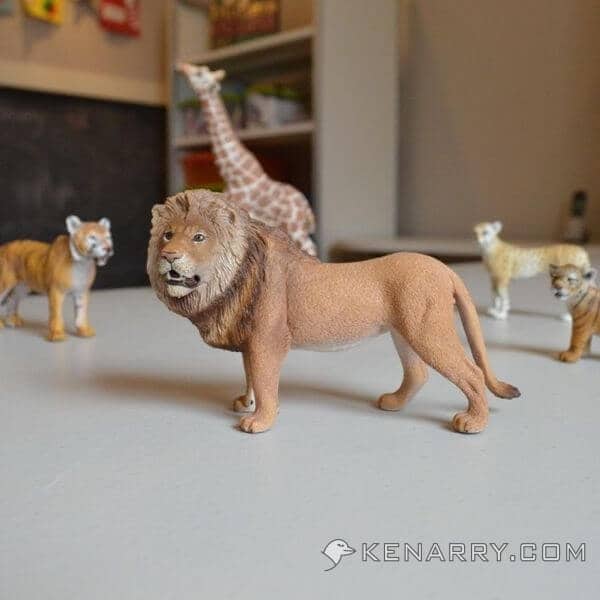
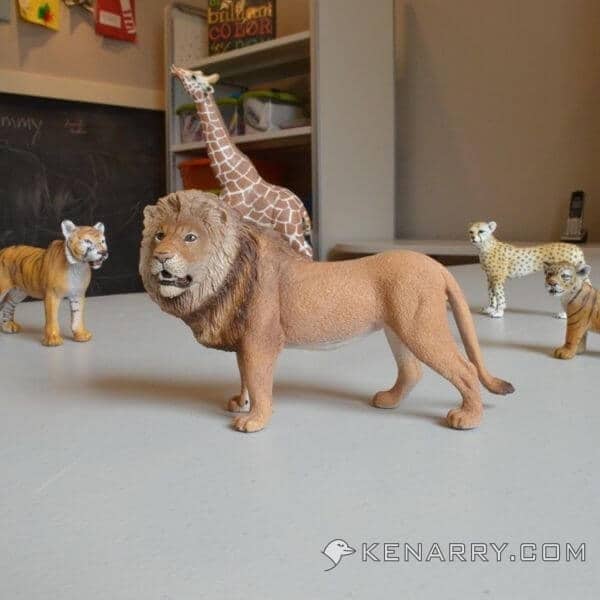

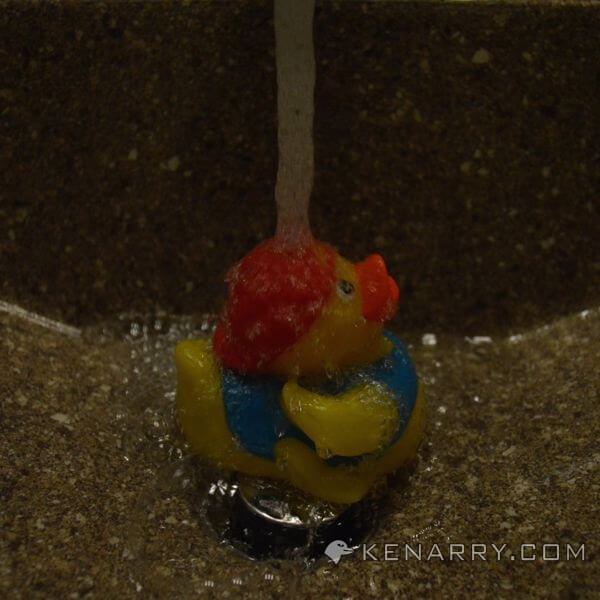
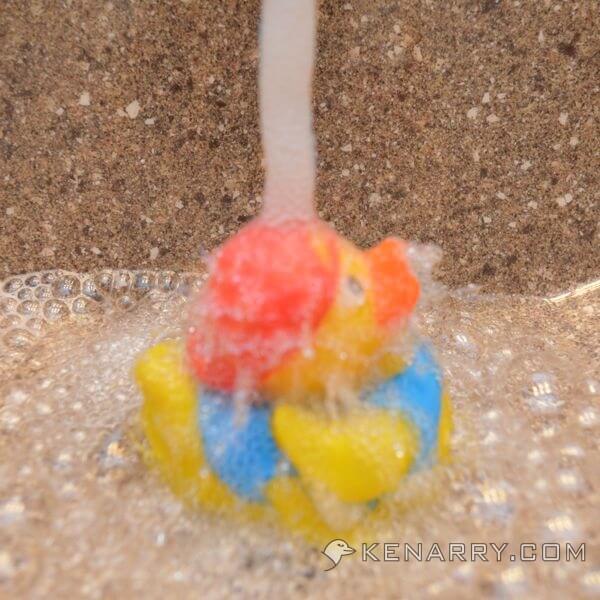
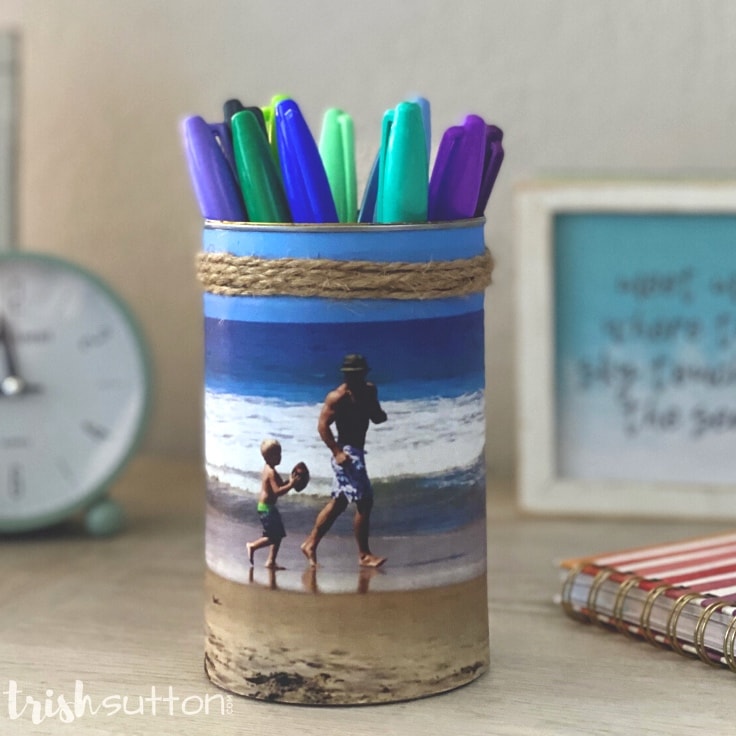
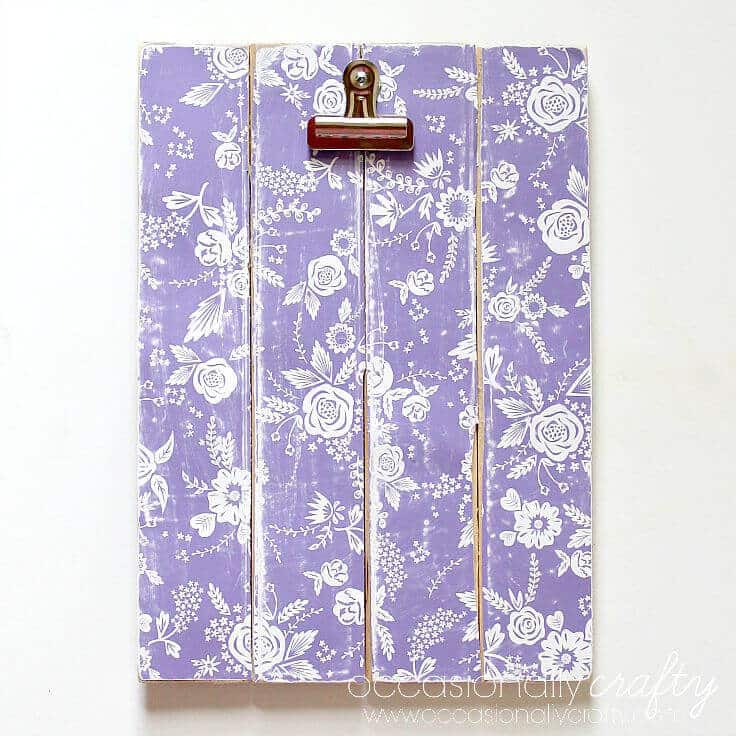
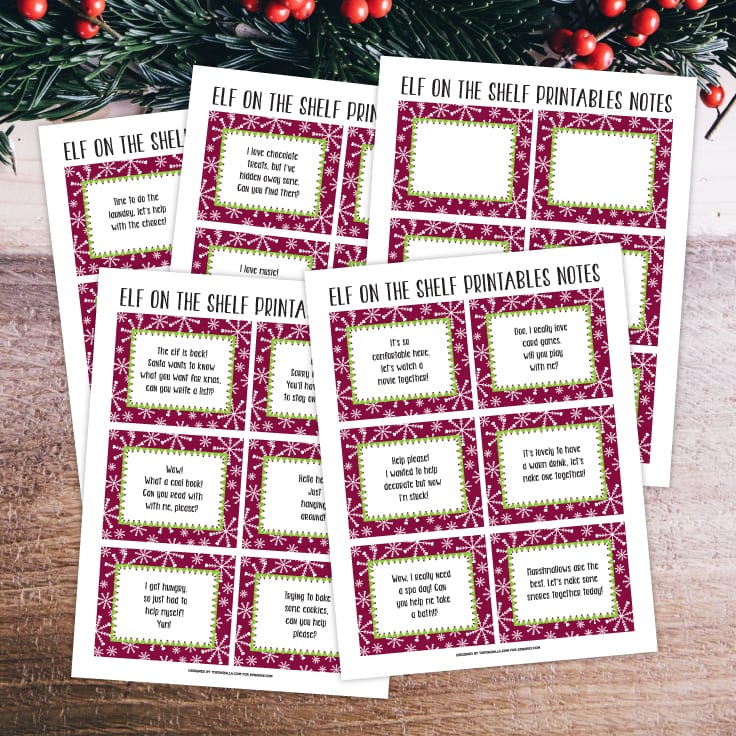
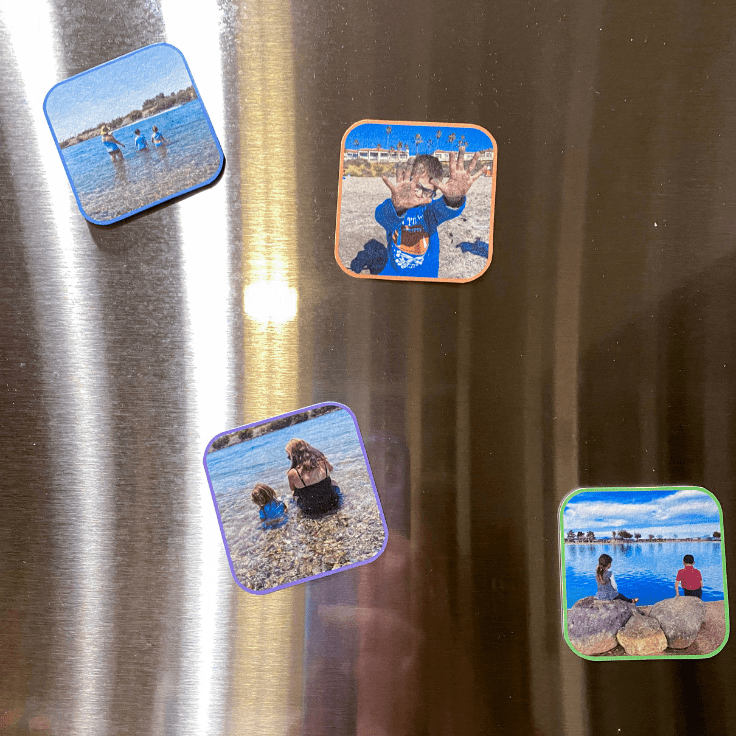

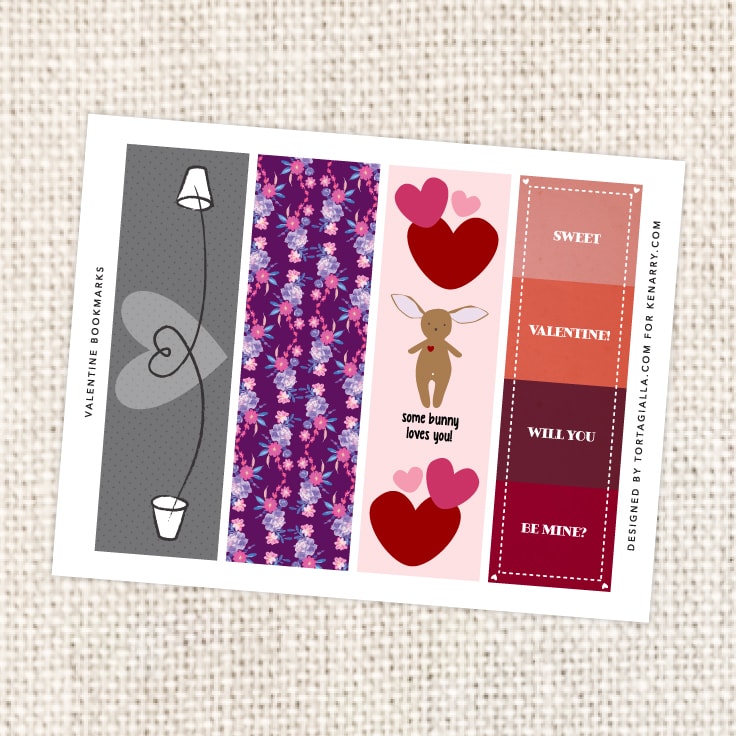
You explained everything so clearly. I don’t have a DSLR yet, but I do have a camera that has a lot of bells and whistles that I don’t know how to use. This is useful info that I can use with my camera.
Thanks, Erlene! It’s all so new to me still. I have so much to learn, but it helped to be able to write it all out in a blog post. You should look at Nobadfotos.com. Their lessons are easy to read and probably could apply to non-DSLR cameras too in many cases.
Hi there! Glad you joined The Photo Ladies and good to have a fellow Nikon user! I have a D3100 and am looking forward to better photos of the kids, too! Looking forward to working more together!
Awesome! Now I know who to go to if I’ve got questions about my new Nikon. Looking forward to getting to know you better through this great group!